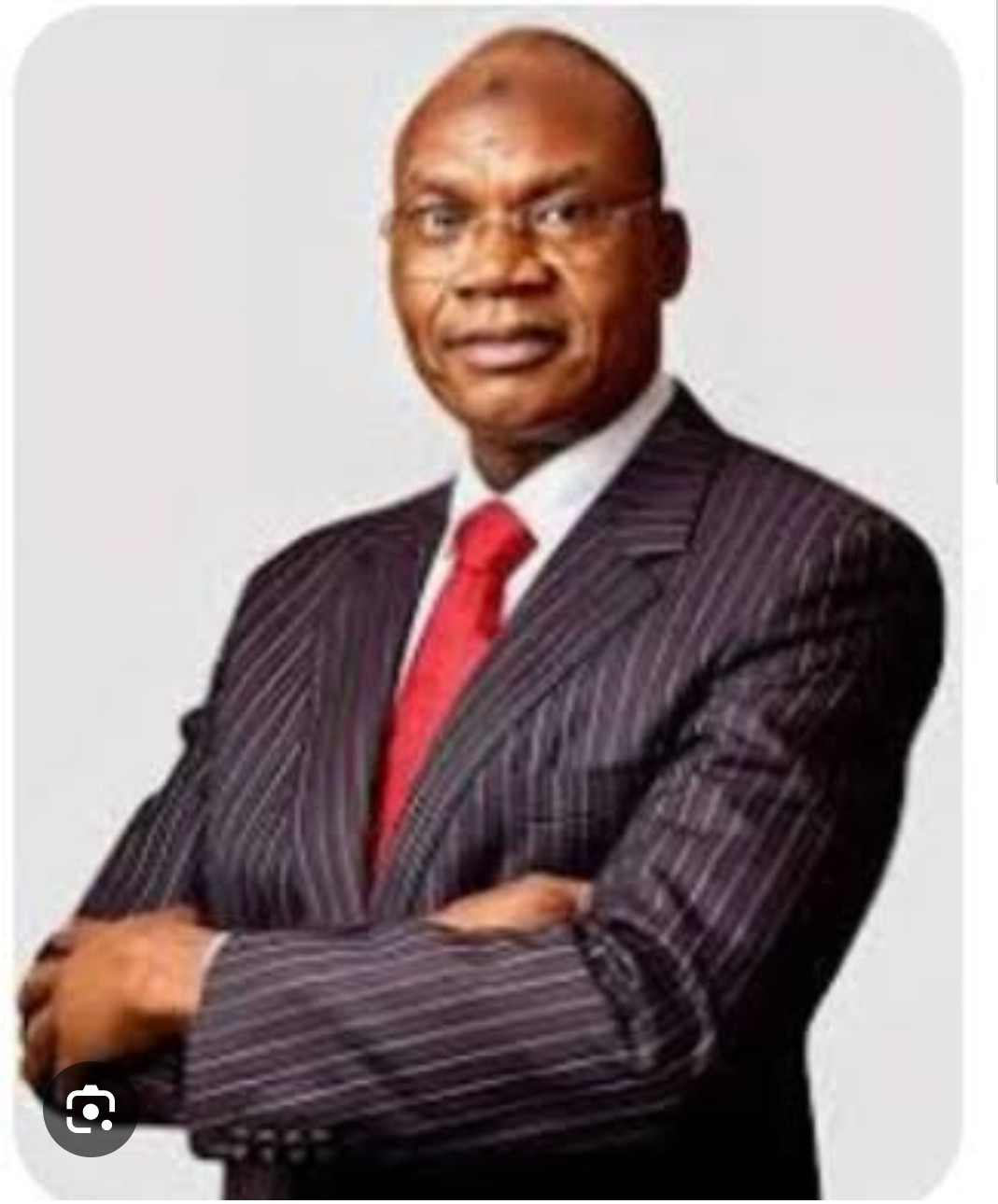People in organisations rarely, if ever, work entirely alone. People belong to all sorts of different groups – both formal and informal – and these exert a very strong influence on behaviour.
What motivates people can be very diverse and this sets a problem for management in organisations – how do you get the best out of people. The link is leadership or rightly put one of the links would be leadership. With myriad approaches to leadership and a bevy of definitions for leadership, it becomes a daunting approach to respond to the notion of what makes an effective leader.
Throughout history, it has been argued that the difference between success and failure, whether in war, business, protest movements, or football, can largely be attributed to leadership. Let’s explore various approaches to what leadership is about.
Although we shall not be able to come up with a definition of what makes a good leader, we should be able to identify several aspects of leadership which contribute to the effective achievement of organisational goals.
We shall start with a definition:
Leadership is a process by which individuals are influenced so that they will be prepared to participate in the achievement of organisational or group goals. It is the role of the leader to obtain the commitment of individuals to achieving these goals.
But isn’t this more or less a definition of management? Well, not quite. Leadership and management are not synonymous. The key phrase in the above definition is “individuals are influenced.”
Management is about planning, organising, directing, coordinating, controlling, and reviewing the work process, including what individuals do within that. It is a broad spectrum of organisational processes and practices. Leadership, on the other hand, is about how one person can influence others to do what is required for the achievement of goals – a narrower quality concerned with the hearts and minds of people in the group.
Management certainly encompasses leadership – good management is probably impossible without appropriate leadership skills. However, not all managers are leaders – either by design or default.
Leadership itself may have nothing to do with management – it exists in groups rather than organisational structures and, therefore, will certainly also exist in the informal organisation where, in management terms, it may create problems in controlling workers whose influence comes from elsewhere. Not all leaders are managers.
Consider the following definition by Field Marshal Slim, talking about leadership in the army:
“There is a difference between leadership and management. The leader and the men who follow him represent one of the oldest, most natural, and most effective of all human relationships. The manager and those he manages are a later product, with neither so romantic nor so inspiring a history. Leadership is of the spirit, compounded of personality and vision: its practice is an art. Management is more a matter of accurate calculation, statistics, methods, timetable, and routine: its practice is a science. Managers are necessary; leaders are essential.”
A manager – be it a chief executive, director of finance or section head, or captain, lieutenant, or corporal – has authorityto direct the work and behaviour of others by rank, job description, and formal position. The leader, though, influences the group to direct the work and behavior of others. This can be a far more potent source of power than mere authority.
Let us now turn to a second definition that extends our first. This comes from the Australian C A Gibb: “Leadership is a concept applied to the structure of a group to describe the the situation when some personalities are so placed in the group that their will, feeling and insight are perceived to direct and control others in the pursuit of common ends. Leaders in the group are those persons who are perceived most frequently to perform those roles or functions which initiate or control the behaviour of others towards the achievement of group goals or sub-goals.”
This is useful because it brings in the idea of more than one leader: we are too inclined to talk of “the leader of a group”, when a group may have several leaders for different functions. Also, it sets leadership firmly in the context of a particular group, demonstrating leadership as a function of inevitable personal interaction within the group.
Leadership is having the ability to give guidance to others to follow. Those that follow will help to complete the mission. Leadership can be said to be an art as well as a science Leadership as science implies that what leadership is cannot be proven. Leadership is an art in the sense that, as a painter uses his/her brush to paint using different colors, in the same vein the leader skillfully uses his/her skills to produce the necessary results in the organisation.
Leadership can be said to be an influence relationship between a leader and his/her followers, where the leader provides direction purpose, and motivation to accomplish the mission and improve the organization.
Leadership is the wheels on which development moves on. As Warren Barren would say most organisations are overly managed but under led. So creating sustainability in organizations becomes paramount for every manager or leader in this sense.
Sustainability in organisations is creating a competitive advantage by continuously using all the resources out of which the people working in and for the organisation are the most vital resource for the organisation. Human resources are the pivot of the organisation and at the same time the most complex of all the resources since every employee in the organisation has a personality perception attitude and way of learning that is distinctly different and one of the challenges is bringing in unity in diversity.
One of the ways to create sustainability in your human resources is the concept of emotional intelligence. Daniel Goleman is considered the Guru on this concept even though the concept goes way back to the 1940s but he has developed the concept and his explanation of the concept keeps gaining more territory and everyday Individuals and managers as well as everyone who aspires to be an efficient and effective leader needs to become an emotionally intelligent driven individual because the onus of the concept of emotional intelligence is in grind in one thing from my point of view which is getting your workforce to love the job they hate.
Let us consider the bits of intelligence there are. According to Psychologists, there are four types of Intelligence:
- Intelligence Quotient (IQ)
- Emotional Quotient (EQ)
- Social Quotient (SQ)
- Adversity Quotient (AQ)
1. Intelligence Quotient (IQ): this is the measure of your level of comprehension. You need IQ to solve mathematics, memorise things, and recall lessons.
2. Emotional Quotient (EQ): this is the measure of your ability to maintain peace with others, keep to time, be responsible, be honest, respect boundaries, and be humble, genuine, and considerate.
3. Social Quotient (SQ): this is the measure of your ability to build a network of friends and maintain it over a long time.
People that have higher EQ and SQ tend to go farther in life than those with a high IQ but low EQ and SQ. Most schools capitalise on improving IQ levels while EQ and SQ are played down.
A man of high IQ can end up being employed by a man of high EQ and SQ even though he has an average IQ.
Your EQ represents your Character, while your SQ represents your Charisma. Give in to habits that will improve these three Qs, especially your EQ and SQ.
Now there is a 4th one, a new paradigm:
4. The Adversity Quotient (AQ): The measure of your ability to go through a rough patch in life, and come out of it without losing your mind.
When faced with troubles, AQ determines who will give up, who will abandon their family, and who will consider suicide.
From the above one can say Leadership is an art, science, and process in which the person, personality as well as position need to be synced for leadership to be effective in organizations using emotional intelligence.
Be a Voice for Education: Join our Education Voices Network to contribute to the conversation by publishing your opinion. SIGN UP here.











